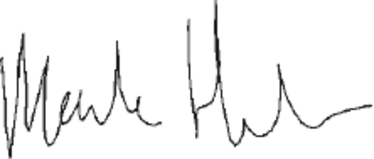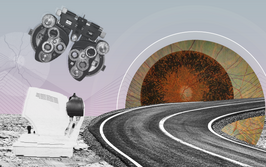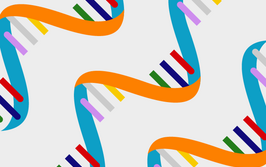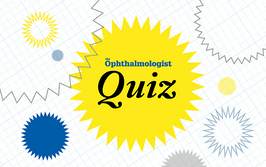A 71-year-old white male patient presents with myasthenia gravis (MG), diagnosed from his initial presentation 12 months previously with unilateral ptosis, and confirmed by physical examination and specific antibody testing. Patient commenced neostigmine therapy, but discontinued thanks to an adverse cutaneous reaction to the first dose. He presents today with diplopia, which on examination, is caused by incomitant strabismus in his left, non-dominant eye.
For the moment, let’s put to the side the systemic consequences of the MG worsening and the potential treatment options going forward for now. What does it mean for him?
If you’re wondering why I’m presenting this case, it’s because the patient is my father. His care from NHS Scotland has been great, but the fact is that he is experiencing first-hand the hard realities of the onset of vision loss. He’s fortunate (enough) for now to be able to drive. As it progresses, he’ll probably be able to drive with a patch over one eye. But this is unlikely to be a permanent solution. He’s very lucky that my mother (who was always a better driver than him!) is able to transport him to cafés, choir, church and the clinic, and he can visit most of his grandchildren with relative ease. And so, his social life remains the same – for now. His life is still pretty normal – but it’s getting harder for him.
Let’s assume two things. His MG and vision deteriorate further to the point that his driving license is surrendered, and my mother is needed elsewhere. We’re not at the stage of having Waymo or Uber Level 5 self-driving taxis, so that “co-dependent independence” is gone. Yes, there are taxis, but the cost of those – especially to retirees, quickly adds up. If medical (and potentially surgical – thymectomy) management fails to arrest the rate of his decline, then he’ll be totally reliant on family, mostly my mother, to help him through each day. His healthcare resource use will rise greatly (and it’ll burn my mother out quite quickly too). If, eventually, the systemic symptoms catch up with him, then I know his local hospital staff will do the very best they can for him, until nothing more can be done.
Perhaps I have a tendency to put my head in the clouds a little too much – evangelizing about the greatness of technology that’s just coming over the horizon. Sometimes technology can make a huge difference to people’s lives; self-driving cars might help my Dad for a while when they eventually arrive – and I believe they’ll make a huge difference to the visually impaired (and society in general) once they’re established. But sometimes, there’s nothing that can be done, and nothing on the horizon that might bring hope to cling to either. It’s just personal tragedy and societal burden. The saddest thing is, as you healthcare professionals know, it’s also nothing special.

Mark Hillen
Editor
I spent seven years as a medical writer, writing primary and review manuscripts, congress presentations and marketing materials for numerous – and mostly German – pharmaceutical companies. Prior to my adventures in medical communications, I was a Wellcome Trust PhD student at the University of Edinburgh.













